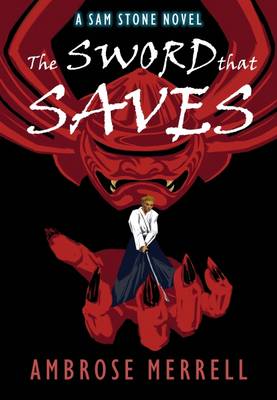- Find a good teacher. This is tricky. As a beginner in aikido how do you know whether the teacher is good or not? Here are a few things to look out for:
The teacher should list his/her teachers on their website or when you ask them. Who has taught them the aikido that they will teach you? How long have they trained?
They should make no guarantees as to how quickly you’ll get a black belt. Any martial art school that does should be avoided.
The dojo (training hall) should be clean and tidy.
The teacher should teach with discipline but also good humour. Aikido is a martial art and serious injury or even death can occur if discipline is lax. But the class should also be enjoyable, with lots of smiles and occasional laughter.
You should feel welcomed by the teacher and your fellow students.
You should feel safe at all times. If you ever feel uncomfortable with a technique, then you should feel ok to say so. Your teacher should then modify the technique or excuse you from doing it.
Trust your gut. If the dojo doesn’t feel right, then it probably isn’t.
- Train as often as you can. If you don’t go to aikido practice you will never learn aikido. The most important thing is to train as often as possible. A bare minimum of 2 times a week is necessary to make progress.
- Train with beginner’s mind. If you see the teacher show a technique and think, “Oh I know this technique, I’ve seen it so many times before” then you are no longer seeing what the teacher is showing. You must treat every class as though it were your first, every technique shown as though it were the first time you have ever seen it. Then you will really see what is being shown.
- Train with your whole heart. The energy and enthusiasm you bring to the class is vital to your progress. Aikido is a martial art. Each technique you do is a life or death situation. You should see the person you train with as though they were attacking you with the intent to kill you. You must be completely present to their attack.
- Protect your training partner. Most aikido training is done with a partner. One person attacks and the other applies the aikido technique. Each time your training partner attacks you they are lending you their body. They are trusting you with their body. If you are careless you could seriously injure or kill them. Obviously that is also true for when you lend them your body. O’Sensei, the founder of aikido, said, “Treat your attacker as you would a new born baby.”
- Train honestly. It is very easy to anticipate the technique and either block the technique or simply fall into the technique. Neither is aikido. If you block the technique, then your training partner will learn nothing. If you simply collapse without your partner properly applying the technique, then your partner will learn nothing. Attack honestly and as if you have no idea what technique will be applied.
- Relax! Any video of an aikido master shows the same utterly relaxed movement. There is no strength or stiffness in their bodies. They move effortlessly and gracefully without an ounce of tension in their body.
- Take your attacker’s balance. The core of aikido technique is unbalancing your attacker, called “kuzushi” in Japanese. If your attacker is unbalanced, then it is very difficult for them to continue to attack. However, if they are not unbalanced then your technique will likely fail.
- You will find it hard! Aikido is difficult to learn. O’Sensei said, on the day before he died, that he was just a beginner in aikido. Do not be discouraged by the challenge. Train regularly and with a good attitude and you will make progress.
- The essence of aikido is not about defeating another person. It is about self-mastery. It is about polishing your spirit and discovering the truth of who, or what, you are. O’Sensei said, “I am the universe.” Your dedicated aikido practice will eventually reveal what he meant.
